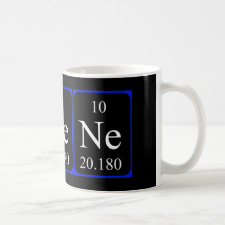
Authors: Morais EC, Correa GG, Brambilla R, Livotto PR, dos Santos JHZ, Cardoso MB
Article Title: Silica imprinted materials containing pharmaceuticals as a template: textural aspects.
Publication date: 2012
Journal: Journal of Sol-Gel Science and Technology
Volume: 64
Issue: (2)
Page numbers: 324-334.
DOI: 10.1007/s10971-012-2861-0
Abstract: Silica-based materials were prepared by the acid catalyzed sol-gel method using different pharmaceuticals as a template. The template molecules investigated were fluoxetine, gentamicin, lidocaine, morphine, nifedipine, paracetamol and tetracycline. The resulting hybrid silicas underwent ultrasound extraction in the presence of several solvents and were characterized by elemental analysis, porosimetry by adsorption/desorption of nitrogen (BET method), small-angle X-ray scattering and X-ray diffraction. Drug extraction was carried out by the combination of solvent and ultra-sound. The textural characteristics of the hybrid xerogels and resulting imprinted materials were shown to be highly dependent on the molecular weight and molecular volume of the drug template. Increasing the molecular weight of the template results in a decrease in the encapsulation content of the resulting material. In the case of paracetamol and fluoxetine, the dimensions of the surface area are not sufficient to guarantee the adsorption of the smaller molecule. Instead, the shape generated through encapsulation and extraction during the production of the imprinted silica dictates the adsorption behavior
Template and target information: fluoxetine, gentamicin, lidocaine, morphine, nifedipine, paracetamol, tetracycline
Author keywords: molecular imprinting, pharmaceuticals, silica, sol-gel, adsorption



Join the Society for Molecular Imprinting

New items RSS feed
Sign-up for e-mail updates:
Choose between receiving an occasional newsletter or more frequent e-mail alerts.
Click here to go to the sign-up page.
Is your name elemental or peptidic? Enter your name and find out by clicking either of the buttons below!
Other products you may like:
 MIPdatabase
MIPdatabase









